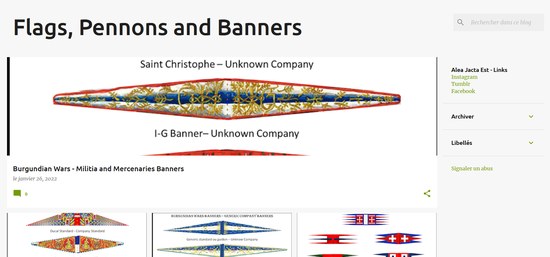When painting a scale model, there are several steps to follow: from priming to painting, and finally to applying a finishing clearcoat. This article will explain which primer and airbrush paint to use, depending on whether your model is made of plastic, metal or even wood.

Should You Always Apply a Primer During the Preparation Phase of Painting?
Not necessarily. It is best to avoid it whenever possible for several reasons:
- Saving on labor
- Saving on materials

Primers for Plastic Models

Plastic is a material to which paint often has difficulty adhering. In most cases, the paint will peel over time, especially after twisting or impact. There are many types of plastic. Each type of plastic requires different treatment and presents varying levels of difficulty for paint adhesion. It is important to note that the preparation phase of the plastic is more crucial than the plastic primer coat, which is often ineffective on its own.

Here are two practical tips for achieving good adhesion on plastic:
- "Sweat" the plastic with a flame. This applies to PP (polypropylene), PE (polyethylene), and PS (polystyrene) only.
- Rub the plastic with an appropriate solvent and an abrasive sponge, never paper.

You can skip the primer on plastic if you use paints that adhere to plastics, such as acrylic polyurethane airbrush paints.
Primers for Metal Models
There are different families of metals: ferrous and non-ferrous (the latter being more problematic for adhesion). All metals need a special primer to prevent the paint from peeling or the metal from oxidizing. Here, too, you can skip this step if you opt for the famous acrylic polyurethane paints, whose resins provide excellent adhesion properties.
Primers for Wooden Models
A primer is absolutely necessary when working on a model made of raw wood. In this case, the primer is a thick and/or impregnating product that fills the porous material to prevent it from absorbing the paint. This is known as a filler primer. It is also called a surfacer or "filler" because it helps to level and create a smooth surface. Generally, this primer is quite thick and should be sanded down to reduce it partially.
Federal Standard Colors
Created in 1956 by the American government, the Federal Standard lists approximately 650 old colors, used in the manufacture of military equipment and accessories during the Second World War. It remains the benchmark for American public markets. Its objective is to clearly describe these colors in a precise color chart.
We have faithfully reproduced and matched all standard colors listed by the United States General Services.






